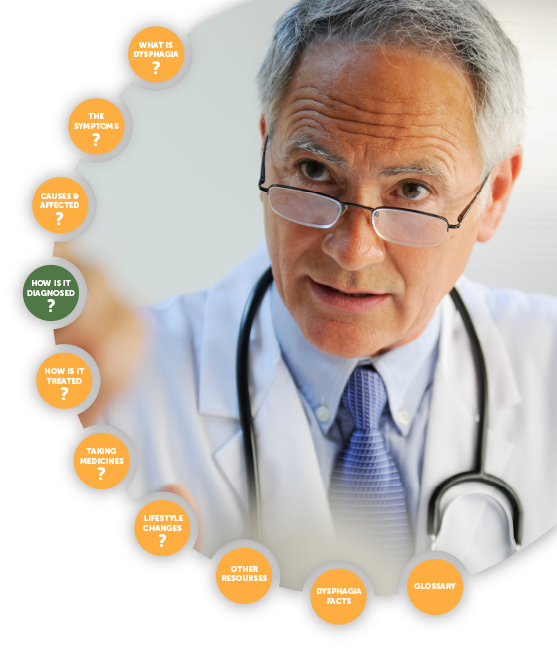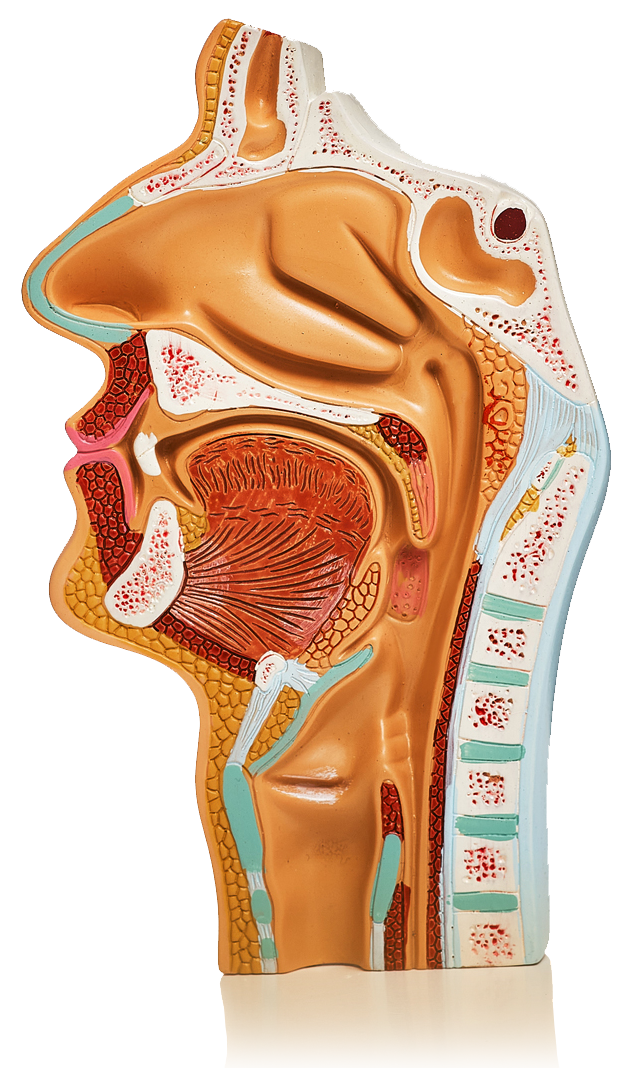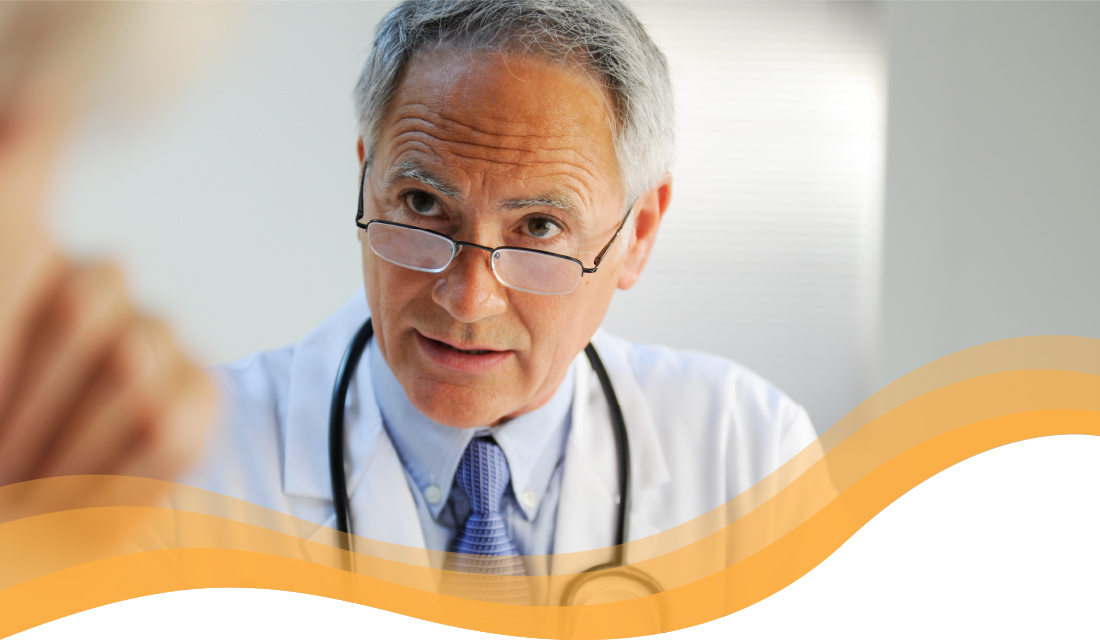
How is it diagnosed?1
If patients are having difficulty swallowing, it is usual for their GP to carry out an initial assessment of the problem. They may then refer the patient for further tests and treatment.
They will want to know
After the initial assessment, the GP may refer the patient for further tests with:


Tests will determine whether the dysphagia is due to a problem with:
To find the cause of the dysphagia, one or more of the following tests may need to be carried out.

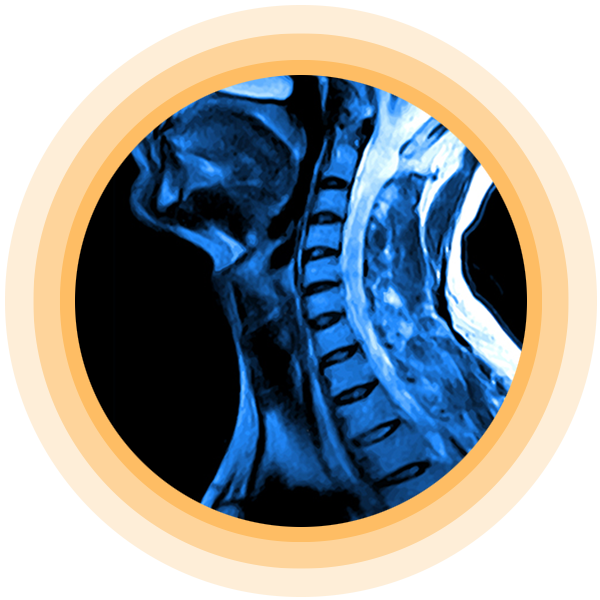
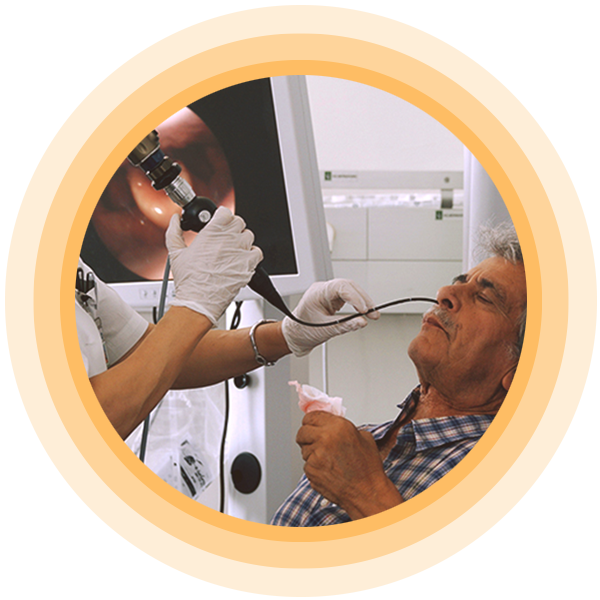

References
- NHS inform. Dysphagia (swallowing problems).
Available at: https://www.nhsinform.scot/illnesses-and-conditions/stomach-liver-and-gastrointestinal-tract/dysphagia-swallowing-problems#causes-of-dysphagia
Accessed: Dec 2024.
